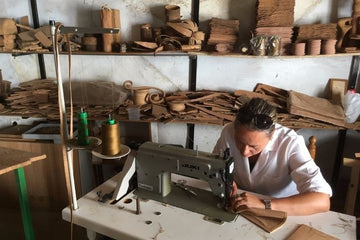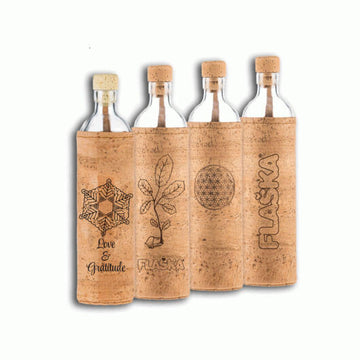
La Historia del Corcho
The hilly countryside was coloured in a beautiful gold. Driving was like meditation in motion, and cork trees were spread over endless meadows of dried grass. Some were “naked” as their bark had recently been removed, while others had a number written on them, indicating when the bark will be mature again. Bark can be removed every nine years without harming the tree, but the tree must be at least 25 years old.
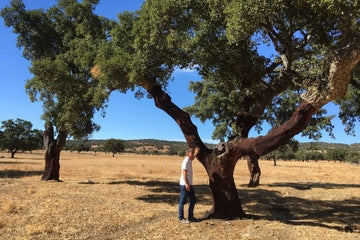
The life span of the trees ranges from 200 to 300 years, that’s why it’s clear why many generations have been engaged in cork production in this area. Cork trees also grow in other Mediterranean countries to a lesser extent; however, Portugal and Spain are the main producers of cork both with regard to quantity and quality. It is an extremely environmentally friendly material, and is used for so many different things. We use it in our Cork collection both for stoppers and protective sleeves with different motifs.
Luis and I went to visit our supplier of premium protective cork sleeves – the craftsman Miguel Pacheco from the village of Sanvicente de Alcantara.
The village lies in the western part of Spain, near the border with Portugal. Before we reached the village, we stopped at a local company that processed cork bark. The workers were just going for lunch, but the boss kindly took us around the production plant. The bark is first boiled in water after harvesting, then it is stacked in special piles. Sorting by quality is done by the buyer; the better pieces are used for producing stoppers, and pieces of lesser quality are ground and used, for example, for floor and wall claddings in houses.
We went down the narrow winding streets in the village, that were lined with white houses, until we reached Miguel’s workshop. He was so happy to see us, as our orders are an important source of income for two families. We first took a look in a small shop, where a whole range of products were on display – from artistic clocks and bird’s nest boxes, to women’s purses and wallets.
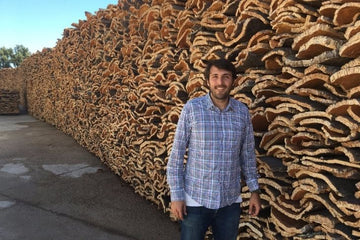
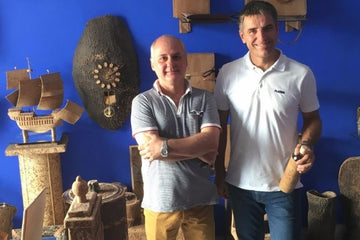
Miguel Pacheco has been engaged in crafts for 20 years. He spoke about cork with great enthusiasm, although his expression was a little sad. There are 6,000 people in the village who all used to live from cork. After reaching the new millennium, their industry experienced a huge crisis and only a handful of people managed to survive out of 70 small village companies. The wine industry has massively switched to aluminium or plastic stoppers, and wine is now even being packaged in Tetra Pak packaging. There are no debates in the wine industry about the negative impact on the environment, only a few enthusiasts emphasize that cork stoppers positively affected the taste of the wine.
We left the store and went to visit a workshop where Maria was just sewing a protective sleeve for a Flaska bottle. As I watched her during her work, it quickly became clear to me that I will now look at each protective sleeve in a different light, filled with admiration. A great amount of manual work is topped up with precision, as each sleeve perfectly fits the Flaska bottle. The sleeve has five components, which first have to be precisely cut, then sewn together with great attention to its final quality. No complaints about protective cork sleeves are proof of the quality of this material as well as of the sewing process itself.
The finished protective cork sleeves are delivered to our company by express mail, where different designs are engraved into them. The Flower of life was our first motif, which quickly became very popular. We soon added “The New Beginning” motif to the collection, and also this year the “Emoto Peace Project” Flaska bottle depicting the crystal “Love and Gratitude”. Cork Flaska bottles are also becoming increasingly popular in the segment of personalized Flaska bottles due to their message and their practical value.
